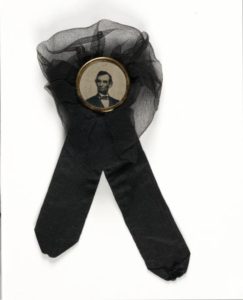 April 14, 1865, had been a busy day for Abraham Lincoln. The previous week he had walked through Richmond, arriving back in Washington to a telegram saying the South’s main army would fight no more. On this Good Friday, Lincoln felt rejuvenated, relieved that the war would soon end and he could focus his second term on reconstructing the Union. The day started with a welcome visit. Captain Robert Lincoln, the president’s son, returned to the city in time to join Lincoln for breakfast. Robert brought firsthand witness to the recent surrender of Confederate General Robert E. Lee to Union General Ulysses S. Grant at Appomattox Courthouse. Many formal interviews later (including with former New Hampshire senator John P. Hale, whose daughter Lucy was later discovered to be secretly engaged to John Wilkes Booth), Lincoln held a cabinet meeting in which he related a recurring dream of a ship “moving with great rapidity toward a dark and indefinite shore.”
April 14, 1865, had been a busy day for Abraham Lincoln. The previous week he had walked through Richmond, arriving back in Washington to a telegram saying the South’s main army would fight no more. On this Good Friday, Lincoln felt rejuvenated, relieved that the war would soon end and he could focus his second term on reconstructing the Union. The day started with a welcome visit. Captain Robert Lincoln, the president’s son, returned to the city in time to join Lincoln for breakfast. Robert brought firsthand witness to the recent surrender of Confederate General Robert E. Lee to Union General Ulysses S. Grant at Appomattox Courthouse. Many formal interviews later (including with former New Hampshire senator John P. Hale, whose daughter Lucy was later discovered to be secretly engaged to John Wilkes Booth), Lincoln held a cabinet meeting in which he related a recurring dream of a ship “moving with great rapidity toward a dark and indefinite shore.”
Perhaps inspired by the dream or simply his interest in technology, Lincoln and Mary went out for a carriage ride and found their way to the Washington Navy Yard. After touring the vessels and talking with Navy Yard staff, the Lincolns returned to the White House and shortly thereafter set out again for what they had hoped would be a relaxing night at the theater. Our American Cousin, a comedy, should lift their spirits as this long grueling Civil War appeared to be coming to an end.
Instead, Lincoln’s life ended. John Wilkes Booth had slipped into the president’s box at Ford’s Theatre and fired a single shot into the back of Lincoln’s head. Booth then slashed Rathbone before leaping from the box to the stage, yelled Sic Semper Tyrannus, “Thus Ever to Tyrants,” and ran out the stage door into the alley, where he escaped on horseback. In contrast to the advanced repeating weapons that Lincoln so often advocated, Booth’s gun was a Deringer, made to fire one lead ball. A Deringer (the original design, as opposed to a derringer, which is any similar gun by other manufacturers) is a single-shot, muzzle-loading, seven-groove rifled, percussion pocket pistol. Most Deringers were .41 caliber, but the one used by Booth was .44 caliber, a remarkably large ball for such a small gun. Prior to entering the theater, Booth loaded the Deringer by pouring ten grains by weight of black powder into the muzzle before ramming in one lead ball wrapped in a tiny cloth patch. A percussion cap was put in place and the hammer rested gently up until the time Booth pulled the trigger.
As I wrote in a previous post:
Dr. Charles Leale examined the fallen president and knew immediately the wound was mortal. Twenty-three years old and only six weeks after receiving his medical degree from Bellevue Hospital Medical College, Leale found himself in charge of the shocking murder scene. He had been sitting in the dress circle at Ford’s Theatre when “about half past ten…the report of a pistol was distinctly heard and about a minute after a man of low stature with black hair and eyes was seen leaping to the stage beneath, holding in his hand a drawn dagger.” Rushing to the Presidential Box, Leale observed Lincoln “in a state of general paralysis.” Lincoln’s labored breath was intermittent, no pulse could be detected, and he was “profoundly comatose.”
Leale’s description of his actions that night grew more detailed and extravagant in repeated telling over the years, but the basic facts remained the same. He was joined in the box by surgeons Doctors Charles F. Taft and Albert F. A. King. They agreed that Lincoln would not survive the rugged trip back to the White House yet were concerned that the president should not die in a theater—still considered a dubious location, especially on Good Friday. He was carried out the front door and across the street to be placed in the small rear room of Petersen’s boarding house, where he was laid out diagonally on a bed too short for his elongated body. These doctors were joined at the Petersen house by several other surgeons, including Surgeon General Joseph K. Barnes and Lincoln’s personal physician, Robert K. Stone. Stone noted that the wound was plugged by coagulating blood, bone debris, and brain tissue, causing a buildup of cranial pressure and “stertorous” (noisy and labored) breathing. “On cleaning this away,” wrote Stone lyrically, “the wound bled steadily . . . and respiration became instantly as sweet and regular as an infant.” Lincoln never regained consciousness. A long metal Nélaton’s probe was inserted into the wound several times to determine the path of the ball. Nothing more could be done except to monitor the president’s pulse and breathing over a night of waiting for the inevitable.
Lincoln’s death, and that of his son Willie, led to advances in embalming science, which I discussed in this previous post.
I dive much more into the assassination and the related science in my book, Lincoln: The Fire of Genius, from which this post is adapted.

Lincoln: The Fire of Genius: How Abraham Lincoln’s Commitment to Science and Technology Helped Modernize America is available at booksellers nationwide.
Limited signed copies are available via this website. The book also listed on Goodreads, the database where I keep track of my reading. Click on the “Want to Read” button to put it on your reading list. Please leave a review on Goodreads and Amazon if you like the book.
You also follow my author page on Facebook.
David J. Kent is President of the Lincoln Group of DC and the author of Lincoln: The Fire of Genius: How Abraham Lincoln’s Commitment to Science and Technology Helped Modernize America and Lincoln: The Man Who Saved America.
His previous books include Tesla: The Wizard of Electricity and Edison: The Inventor of the Modern World and two specialty e-books: Nikola Tesla: Renewable Energy Ahead of Its Time and Abraham Lincoln and Nikola Tesla: Connected by Fate.



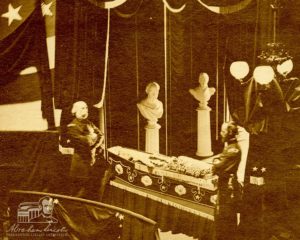 Abraham Lincoln died at 7:22 am on the morning of April 15, 1865. The final chapter in Lincoln: The Fire of Genius is called “Assassination Science.” It starts this way:
Abraham Lincoln died at 7:22 am on the morning of April 15, 1865. The final chapter in Lincoln: The Fire of Genius is called “Assassination Science.” It starts this way: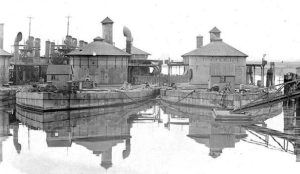 April 14, 1865, Abraham Lincoln’s last day alive, was a busy one. Included was a visit to the ironclad USS Montauk. Days later his assassins would be held on the same ship.
April 14, 1865, Abraham Lincoln’s last day alive, was a busy one. Included was a visit to the ironclad USS Montauk. Days later his assassins would be held on the same ship.
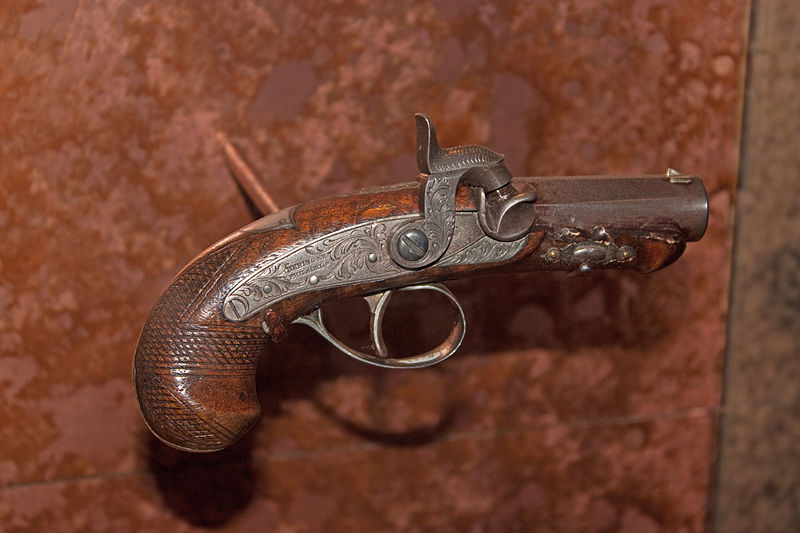 The gun used by Booth was a Philadelphia deringer, a small large-bore pistol fired by loading a percussion cap, some black gunpowder, and a lead ball. Since it can only fire a single shot without reloading, Booth dropped the gun on the floor of the box, slashed Major Henry Rathbone with a large knife, then leaped to the stage. The gun now is on display in the museum of Ford’s Theatre.
The gun used by Booth was a Philadelphia deringer, a small large-bore pistol fired by loading a percussion cap, some black gunpowder, and a lead ball. Since it can only fire a single shot without reloading, Booth dropped the gun on the floor of the box, slashed Major Henry Rathbone with a large knife, then leaped to the stage. The gun now is on display in the museum of Ford’s Theatre.
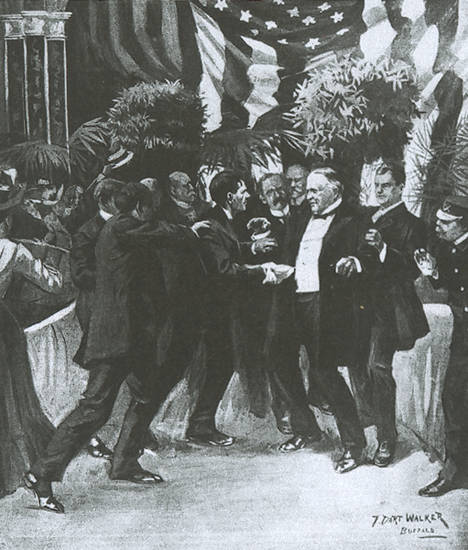
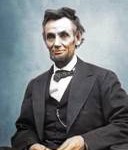 Abraham Lincoln died today. Well,
Abraham Lincoln died today. Well, 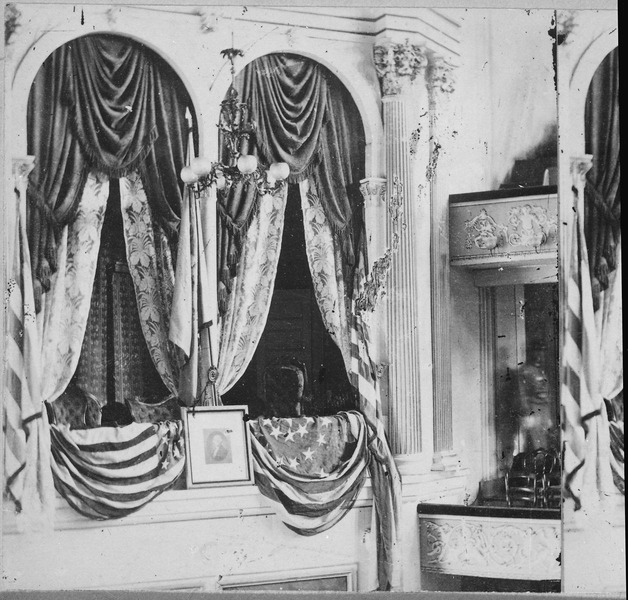
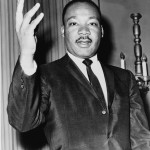 Today is the anniversary of the 1968 assassination of Dr. Martin Luther King, the famed civil rights leader. He was shot April 4th while standing on the balcony outside his room at the Lorraine Motel in Memphis, Tennessee. Dr. King’s contributions and impact on American society are well known, and yet immeasurable. The following short YouTube clip explains the assassination well:
Today is the anniversary of the 1968 assassination of Dr. Martin Luther King, the famed civil rights leader. He was shot April 4th while standing on the balcony outside his room at the Lorraine Motel in Memphis, Tennessee. Dr. King’s contributions and impact on American society are well known, and yet immeasurable. The following short YouTube clip explains the assassination well:







